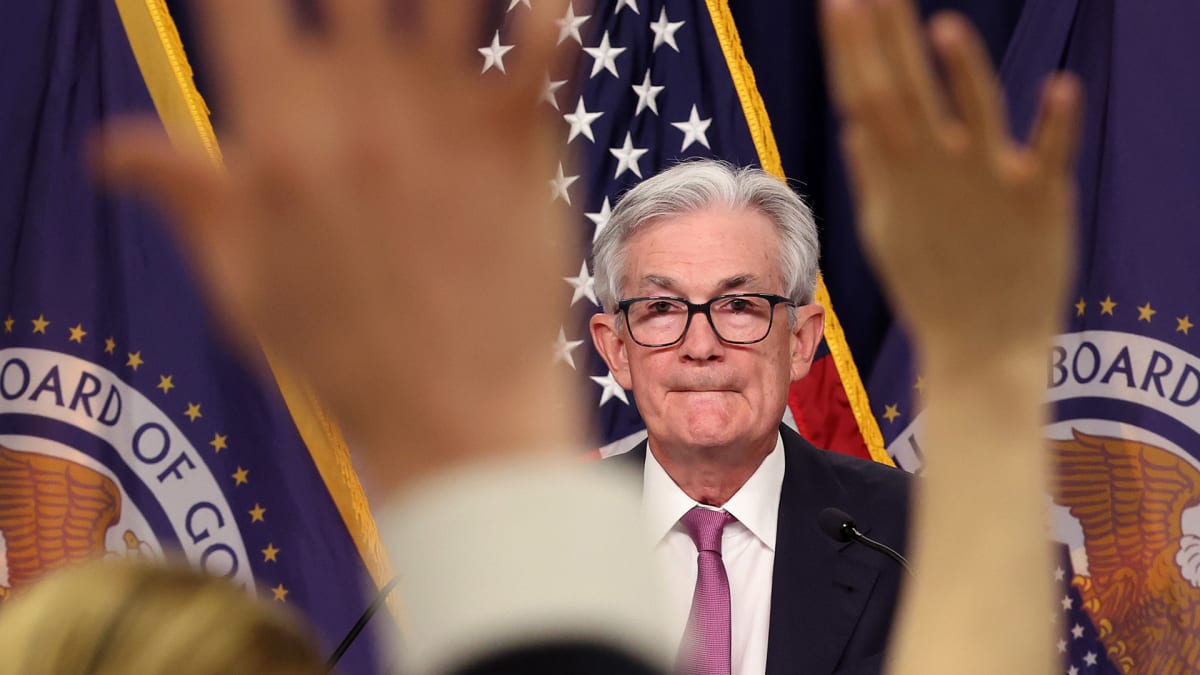
Inflation cooled to 4.9% in April, slightly below analyst expectations of 5%, and down from March’s 5% increase. This marks the lowest annual pace of inflation seen since April 2021.
Excluding volatile food and energy categories, core CPI rose 0.4% monthly and 5.5% from a year ago. That was in line with economists' expectations.
While inflation is slowing, it is still well above the Federal Reserve's target of 2%.
TheStreet's Martin Baccardax discusses what cooling inflation means for the chances of a potential pause in rate hikes in the video above.
Full Video Transcript Below:
J.D. DURKIN: Inflation cooling again, still stubbornly high of course. Whenever you look at this number, you also have to talk about the ongoing work of the central bank, something you and I have talked about quite a lot for quite some time. Talk to me about your biggest takeaways from this report and why do you describe it as a funny number?
MARTIN BACCARDAX: Funny number I think J.D. because you can probably take any interpretation that you'd like. If you were to look at it on a month, on month basis, inflation accelerated rather quickly. It was up 0.4% from the month of March, and that was a much quicker pace than the 0.1% gain that we saw in the previous month. Now, if you were to look at it from a headline basis on a year on year perspective, we're down below 5% for the first time in more than two years. And that's of course, unambiguously good news. Now, there's all sorts of machinations as to exactly why we're seeing the difference in those figures.
But I cite them simply because you can't really take away a consistent narrative from this Fed reading. And I think that's probably why markets have been sort of up and down and in and out of positive territory today as a result of it, because we simply do not have the conclusive evidence that inflation is slowing to the pace that the Fed would like to see. We're undoubtedly on a downward trend, but it's still probably not enough to satisfy the most hawkish of Fed governors. And therefore, as unlikely as it seems, we probably still have another rate hike on the table, at least where we stand at this moment.
J.D. DURKIN: Are you confident that we are headed in the right direction overall, or are there somewhat anecdotal concerns within the data that make you think maybe in some degree, yes, and maybe largely still not enough for the Fed's desired target.
MARTIN BACCARDAX: Yeah, that's a great question, J.D., I think somewhere in the middle of your question is probably where the truth lies, at least from my perspective. I do think that the trend is unambiguously slowing. Now, whether or not we get closer to that Fed 2% target is another discussion, though. And furthermore, if we want to get philosophical, we can discuss whether the 2% target is a valid one in this new reality. But we can park that to one side and sort of just look at the mechanics that we understand. We're on a downward trend and we are getting closer to that 2% target. We may reach it at the end of this year. It may be into early next year, but the labor market remains incredibly robust.
Mystifyingly so, when you read what economists have to say about it. And wages are rising, they're now they were significantly higher than last year. Over the first three months of 2023 and indeed April, wage gains were about 4.4% If my memory is correct, and we're talking average hourly earnings. So it's hard to see, at least when we look back at history, that inflation can get to that 2% target without the subsequent rise in unemployment. It would be lovely to be able to do both, keep unemployment at around that three, 3, 3.5 level and get inflation down to 2%. But one of them is going to have to give and the concern I think, that we have at the moment is what is going to give will be the labor market. And that generally comes with the recession.







